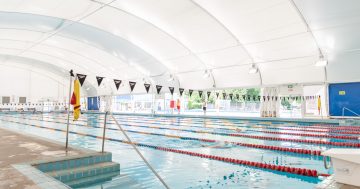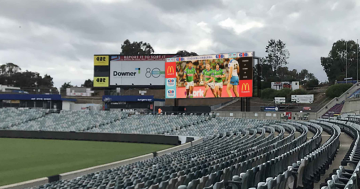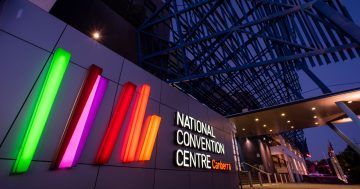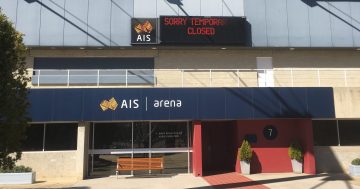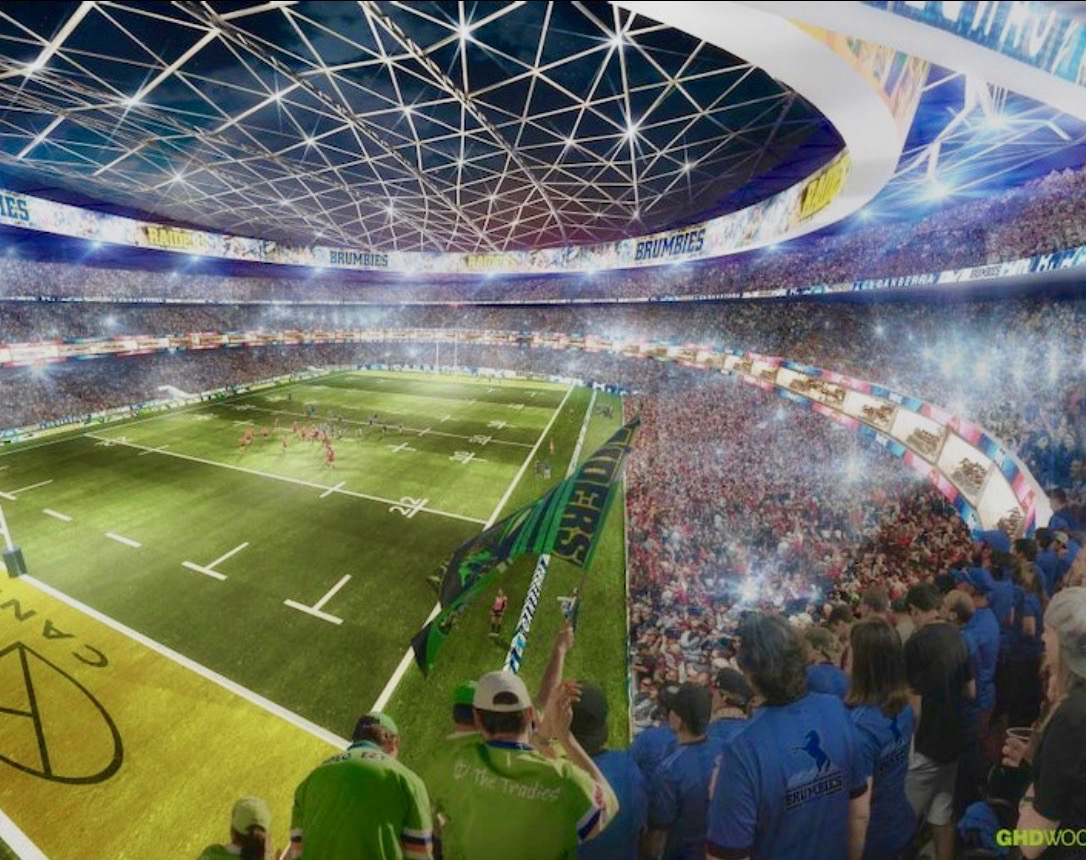
Imagining the new Civic stadium. Photo: GHDWoodhead.
Just as it looked as though the proposed 30,000-seat indoor sporting stadium on the site of the Civic Olympic Pool was on the verge of being cremated, the concept has been resurrected.
A consortium of Canberra businesses, sporting organisations and the Convention Bureau have developed a 36-page proposal addressing the issue of ageing infrastructure in the ACT.
The document, which has been presented to the Prime Minister and the ACT Chief Minister as well as Canberra’s Members of Parliament and ACT MLAs, outlines a way forward to build a new Civic indoor stadium and a new convention centre, as well as a proposal for the AIS Arena.
The plan would see the development of a 30,000-seat stadium, for use by the Raiders, the Brumbies and soccer, as well as providing an international standard, state-of-the-art entertainment venue built on the footprint of the Civic Olympic Pool site.
Issues such as the limitations of the footprint have been addressed with an inverted bowl strategy, while the problems associated with growing of natural grass in an indoor stadium could be overcome with the roof constructed of a product known as ethylene tetrafluoroethylene membrane.
This same product was used successfully on the roof of the Forsyth Barr Stadium in Dunedin, which allows for the growth of natural grass.
The new Convention Centre would be built alongside the Civic stadium as one option, effectively straddling Parkes Way, negating the need for any relocation of the road.
It would also enhance the ‘City to the Lake’ concept.
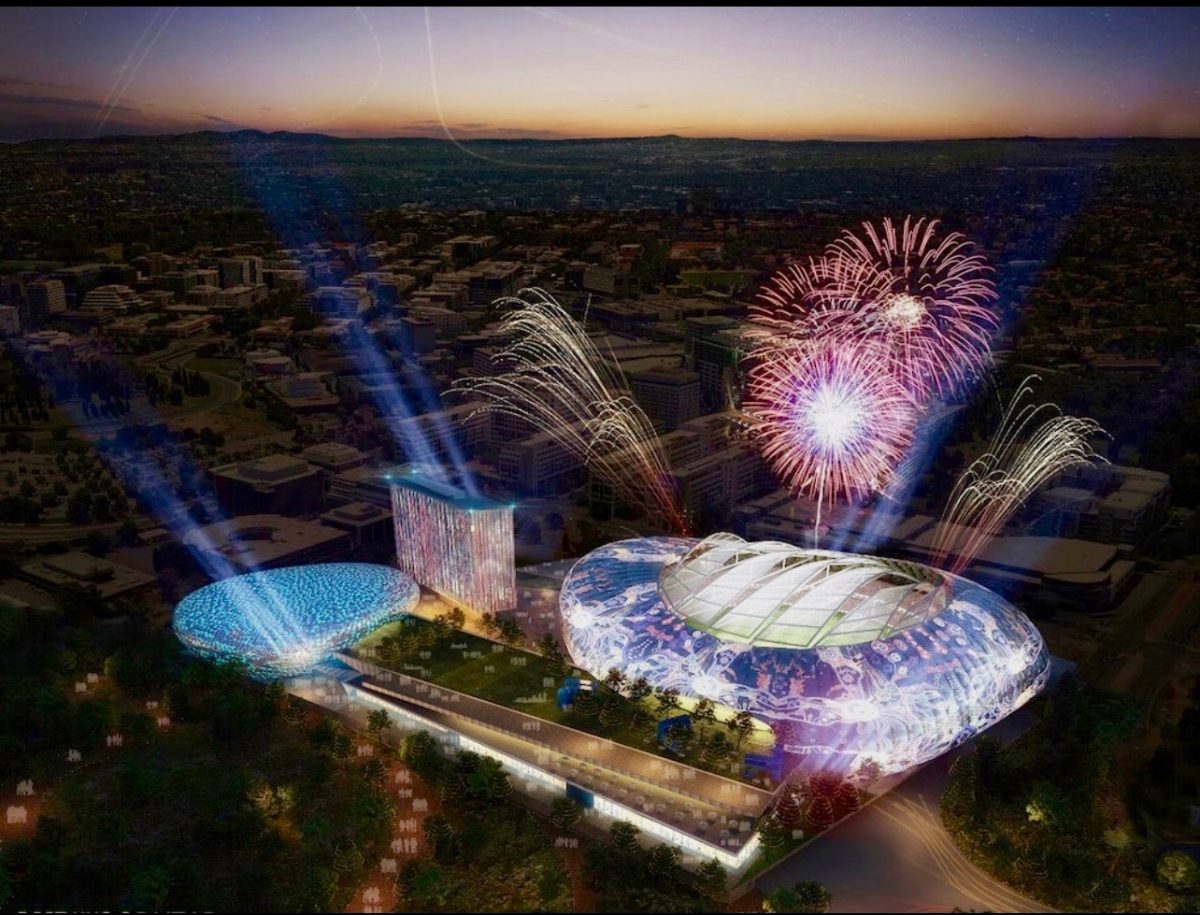
An artist’s impression of the city entertainment precinct. Photo: GHDWoodhead.
The proposal, which includes a hotel, would see the creation of a City East Entertainment Precinct with facilities for large-scale events coupled with the ability to cut costs as the stadium and the convention centre would be administered by the one entity, and utilise complementary infrastructure.
A new convention centre is viewed as being as equally important as a new stadium with Canberra being bypassed in the lucrative multibillion-dollar convention market.
To fund the facility the option of a public-private partnership has been proposed whereby a private company designs, builds and maintains the infrastructure on behalf of the government through a long-term contract.
With an estimated cost of between $495m and $736m, innovative funding options such as public-private partnerships are required.
To that end, a business syndicate has proposed that underutilised land on the AIS Campus site be returned to the ACT.
This includes Canberra Stadium and the AIS Arena.
The ACT would then be in a position to offer the land to the public-private partnership for development to offset some of the costs associated with building a new facility at the Civic Olympic Pool site.
The proposal would see, as one option, resources set aside to refurbish the AIS Arena to be redirected to the planned medium-sized indoor stadium, currently undergoing feasibility and business case assessment at the University of Canberra.
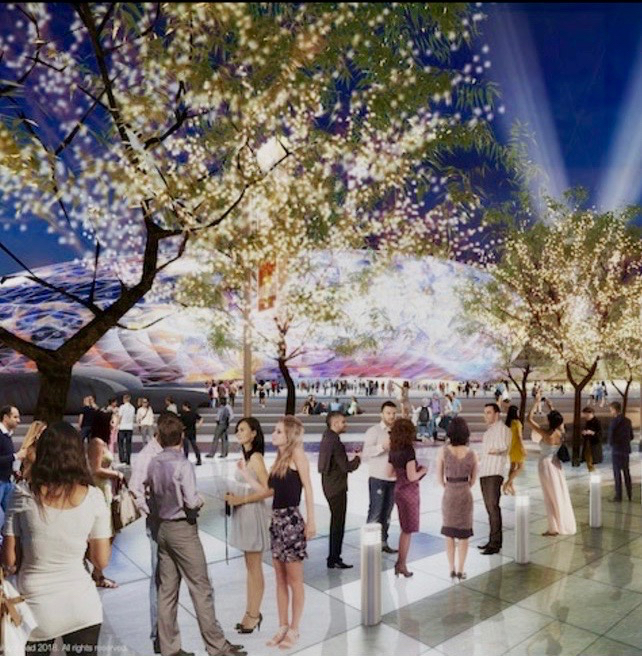
An artist’s impression of the surrounds of the new city stadium. Photo: GHDWoodhead.
It’s obvious Canberra’s major sporting and convention facilities are in urgent need of a significant overhaul. There is an apparent desire from the business and sporting communities to meet that challenge and to assist the ACT Government in securing financing for such a project without unduly affecting its long-term bottom line.
Observers are quick to point to the chronic capital underfunding of Commonwealth per capita grants over the past decade as a catalyst for the Commonwealth’s support for this proposition.
With Chief Minister Andrew Barr signalling a preference for a redevelopment of Canberra Stadium on the existing Bruce site, it remains to be seen whether there is an appetite to embrace this latest proposal.













